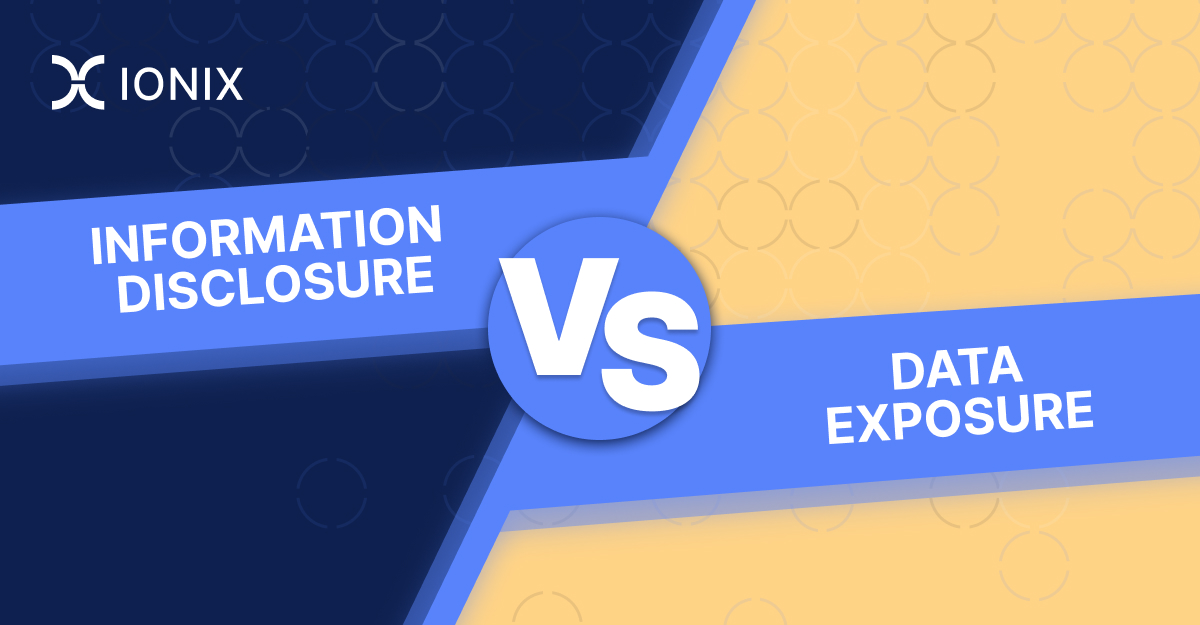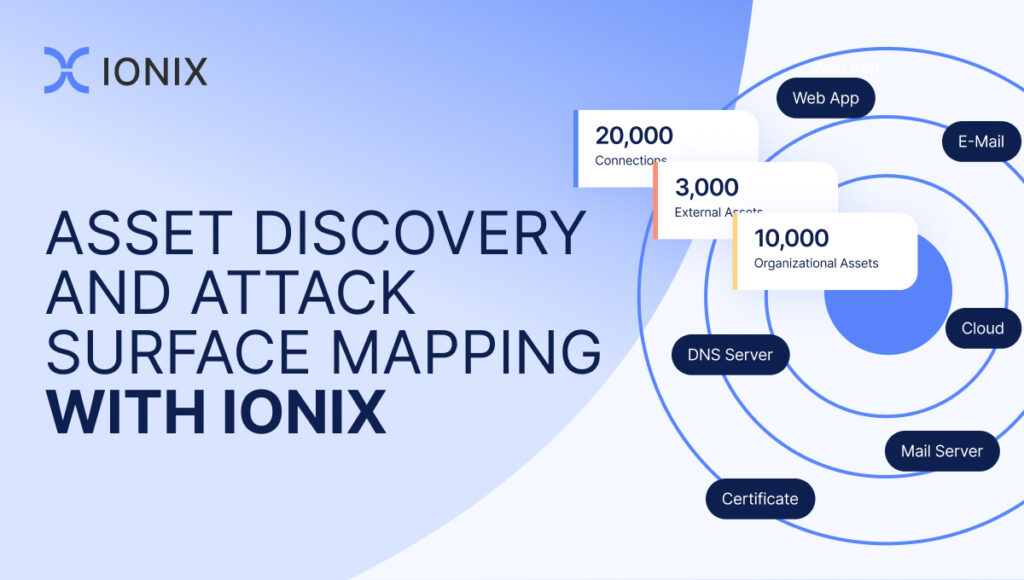What is the difference between Information Disclosure and Data Exposure

As digital infrastructure becomes increasingly integrated into every day operations across various industries, ensuring the security of sensitive information becomes crucial for safeguarding both individuals and organizations from cyber threats. In the vast landscape of cybersecurity risks, two terms stand out: information disclosure and data exposure. Understanding these concepts is vital, as they can significantly impact trust and lead to potential repercussions. In this article, we’ll take a closer look at both information disclosure and data exposure, unpacking their complexities and exploring solutions for organizations to strengthen their defenses against these pervasive threats.
Information Disclosure vs. Data Exposure
It’s essential to grasp the distinctions between information disclosure and data exposure to effectively navigate cybersecurity challenges. While both entail unauthorized access to sensitive data, they vary in focus, intent, and consequences.
Information Disclosure
Information disclosure occurs when unauthorized individuals gain access to specific pieces of sensitive information due to system vulnerabilities or security flaws. It’s akin to a newspaper accidentally publishing someone’s personal address in an article. This can happen through various means, such as leaking credit card numbers through a website breach, revealing trade secrets through corporate espionage, or accidentally publishing customer data in a public report. For example, toward the end of 2023, Microsoft AI researchers unintentionally exposed 38 terabytes of data by publishing open-source training data and employee information. The breach was attributed to overly permissive access controls. Think of information disclosure as a leak in a pipe, where a limited amount of sensitive information is flowing out to unauthorized individuals.
The impact of information disclosure can be significant, leading to reputational damage, financial losses, or privacy violations for individuals whose information is exposed. Organizations must address information disclosure promptly to mitigate its repercussions and maintain trust with stakeholders.
Data Exposure
Data exposure involves the unintentional broader sharing or accessibility of sensitive information beyond its intended audience. It’s like leaving important documents on an unlocked desk, making them accessible to anyone who passes by. Data exposure often results from human error or misconfiguration, such as sending an email with confidential information to the wrong recipient, storing sensitive data on insecure cloud storage, or misconfiguring system permissions that grant unauthorized access to files. For example, at the beginning of 2024, AT&T revealed the discovery of a data breach that led to hackers accessing the private information of millions of users and publishing it on the dark web. Data exposure can be compared to leaving a door or window open, allowing anyone to wander in and access a wider range of sensitive information; this means that while the data may not have been exploited yet, it is easily accessible to potentially malicious actors.
While data exposure can lead to data breaches if exploited by attackers, it may also cause internal issues like confusion or regulatory non-compliance. Organizations must address data exposure by implementing robust data protection measures and ensuring proper training and protocols are in place to prevent accidental leaks.
Key Differences
Information disclosure and data exposure may both involve unauthorized access to sensitive information, but they differ in several key aspects:
- Focus:
Information disclosure targets specific pieces of information, whereas data exposure involves a broader range of sensitive data.
- Intent:
Information disclosure is often intentional due to system vulnerabilities, while data exposure is usually unintentional due to human error or misconfiguration.
- Impact:
Information disclosure can result in reputational damage, financial losses, or privacy violations, while data exposure may lead to data breaches, internal issues, or regulatory non-compliance.
| Feature | Information Disclosure | Data Exposure |
| Focus | Specific pieces of information | Broader range of sensitive information |
| Intent | Often intentional (due to system vulnerabilities) | Usually unintentional (due to human error or misconfiguration) |
| Impact | Reputational damage, financial losses, privacy violations | Data breaches, internal issues, regulatory non-compliance |
Addressing Information Disclosure and Data Exposure with IONIX
In the constantly evolving field of cybersecurity, grasping the nuances between information disclosure and data exposure is crucial for organizations seeking to bolster their defenses. While information disclosure involves targeted leaks of specific sensitive data due to system vulnerabilities, data exposure encompasses broader accessibility of sensitive information, often stemming from human error or misconfiguration. Both present significant risks, ranging from reputational damage to regulatory non-compliance, underscoring the critical need for robust protective measures.
When it comes to addressing the risks of information disclosure and data exposure, IONIX’s Attack Surface Management (ASM) platform, powered by Connective Intelligence, emerges as a powerful tool. By meticulously mapping and contextualizing assets and connections, IONIX empowers organizations to pinpoint vulnerabilities within their digital supply chains and internet-facing assets. This proactive approach helps thwart potential breaches and bolster defenses effectively.
Whether it’s preventing accidental leaks of sensitive information or fortifying defenses against unintentional data exposure, IONIX equips organizations to navigate the dynamic cybersecurity landscape with confidence.




